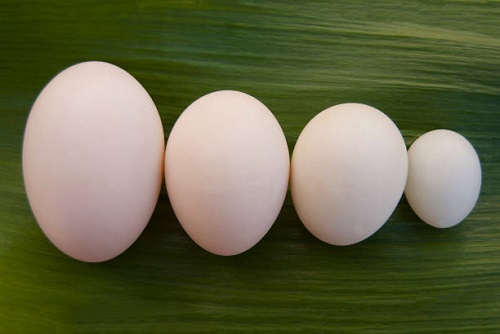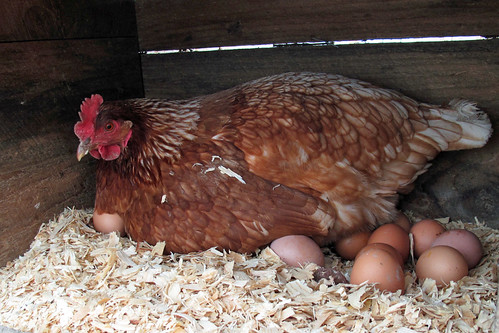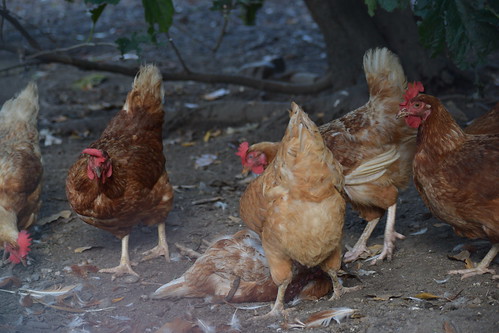Waterfowl are a group of birds that include ducks, geese, and swans. They are found on every continent except Antarctica, and their habitats range from the tundra to the tropics. They are interesting animals that are well adapted to their aquatic habitat. In this blog post, we will explore some of the interesting facts about ducks and geese.
History
Ducks, geese, and swans are all closely related, and all ducks except for Muscovy ducks were domesticated from wild Mallard stock. The first recorded instance of duck domestication is from China around 1000 BC, where they were kept in flocks and used to help control pests and scavenge in rice paddies. Geese were domesticated in Greece around 1500 BC, and most goose breeds today are descended from the Graylag goose. The Chinese and African breeds of geese are both descended from the Swan goose.
Benefits
There are many benefits to having ducks or geese on a small farm, including providing meat and weed control. These birds are also easy to care for after the first few weeks of life. Geese can even serve as a natural alarm system. Having a flock of these birds running around the farmstead is truly a pleasing sight.
Body weight and lifespan
Ducks are significantly smaller than most geese. Full-grown ducks generally weigh between 2 and 5 kg, and they have a lifespan of 12 years. Geese, on the other hand, are fairly large birds; they can weigh up to 14 kg when mature and live for 25 years. Geese are also fairly loyal animals. In addition, they are very protective and this makes them great watchdogs for farms.
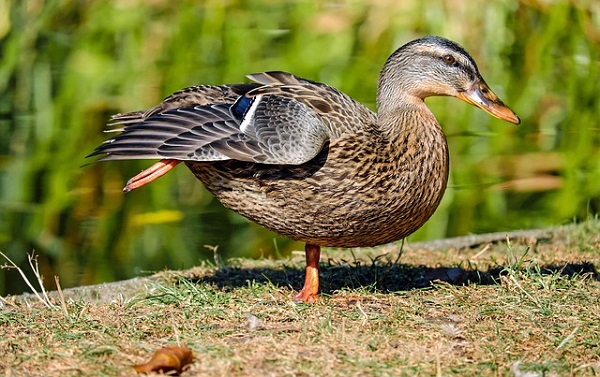
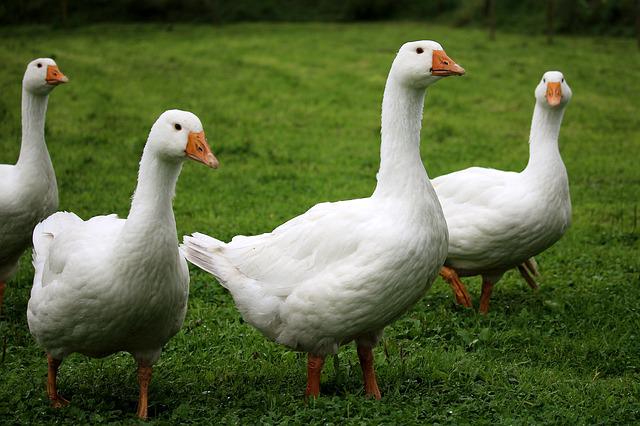
Egg and meat Production
Waterfowl such as ducks and geese can be a reliable source of eggs and meat. Some breeds of ducks and geese have been bred specifically for egg production, while others have been bred for meat production. If you are looking to collect eggs from waterfowl, ducks should be your best option. The Khaki Campbell and Indian Runner are highly prolific egg-producing duck breeds. Geese, generally, have a low egg-producing ability, but Emden geese usually lay an average of 36 eggs in the breeding season.
Also Read: A Beginner’s Guide to Establishing a Chicken Processing Plant
Egg and meat nutritional value
The eggs of ducks and geese can be consumed just like chickens’. However, goose eggs are less consumed due to their bigger size and low egg production. Besides, duck and goose eggs are less marketable but they are still great for household consumption.
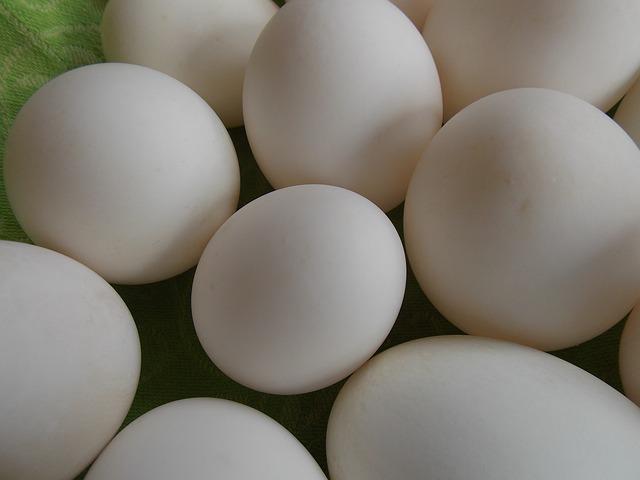
The egg white protein and yolk fat of duck eggs are higher in comparison to chicken eggs. As a result of these, the egg whites of ducks are less stiff when cooked. If a duck has been consuming a significant amount of worms, maggots or algae, the eggs may have a slightly musty taste. Duck eggs should be collected two times a day and slightly washed in warm water before being stored in the fridge.
Duck meat differs from other types of poultry in its higher content of iron, niacin, and selenium. Pekin, Rouen, Muscovy, and Aylesbury ducks are among the breeds prized for their meat. Duck and goose meat is all dark meat, which, because of its higher fat content, has a richer taste than chicken or turkey. Consequently, ethnic markets represent a significant demand for quality duck and goose meat.
Geese have long been farmed for their meat and liver, which have been prized as a source of protein for centuries. Moreover, a roasted goose has been a traditional Christmas dinner in many cultures for centuries. Foie gras, which is made from the fattened livers of force-fed geese, is very common in French cultures. The common meat breeds of geese include the Toulouse, Chinese, Emden and African geese.
Ruggedness and Disease Resistance
While waterfowl are typically quite resistant to disease, young ducklings and goslings must be kept dry and warm until they develop their own feathers. When their body is fully covered with feathers, they can survive most weather except for extremely cold weather. They maintain a layer of down feathers for insulation where there is cold.
Ducks and geese have an oil gland located at the base of their tail. They will collect oil from this gland by rubbing their chins and cheeks over it, and then use this oil to waterproof their outer feathers. Young ducks and geese cannot perform this function on their own, so their mothers will help them by rubbing some of the oil from their own oil glands onto the ducklings or goslings down feathers. Ducks and geese need to keep their feathers well-groomed in order to keep them dry and warm, so they spend much time preening their feathers with their beaks.
Care
Geese require shelter during periods of extremely cold weather and protection from predators such as coyotes. During hot weather, ducks and geese also need access to shade. It is advisable to bring ducks into a shelter every night as smaller predators like weasels, foxes and raccoons, foxes can kill many birds in a short space of time.
Geese tend to flock together and will typically return to their home base each night, even if they wander more than a mile away from home. However, vehicles can pose a threat to flocks, so if you plan to keep waterfowl, it is best to keep them away from roadways.
